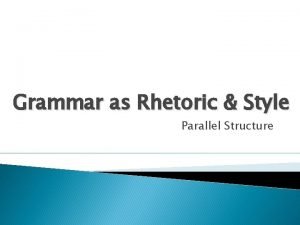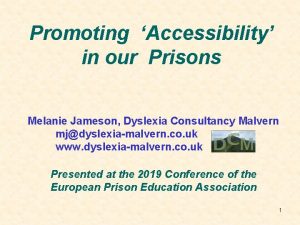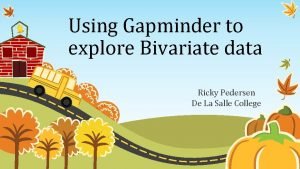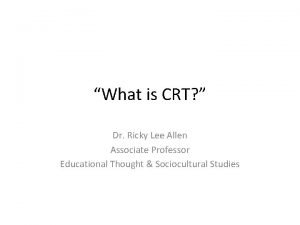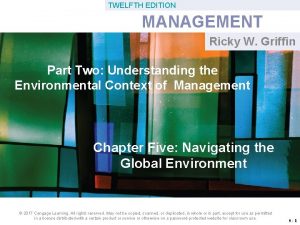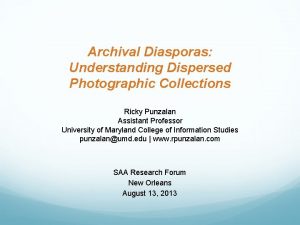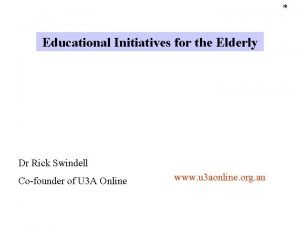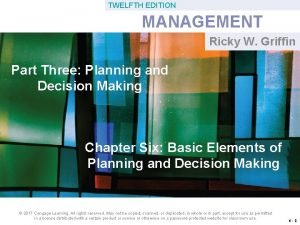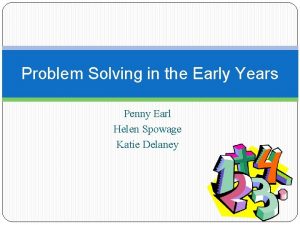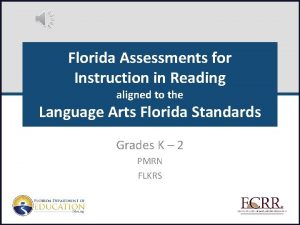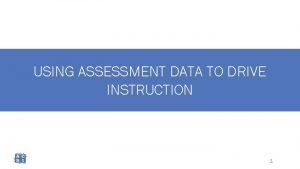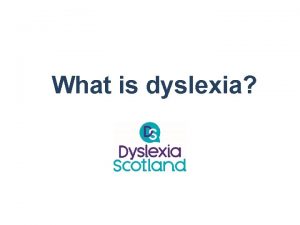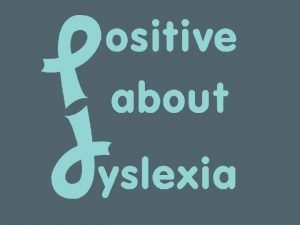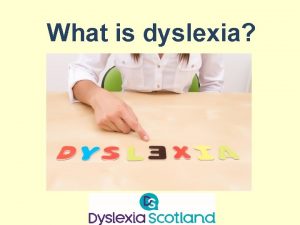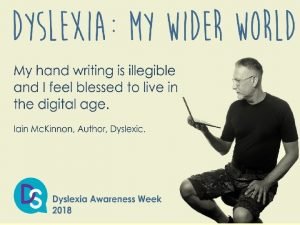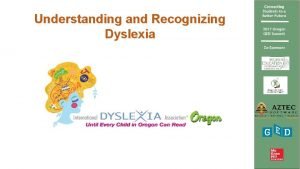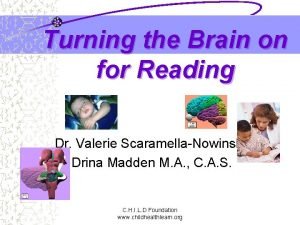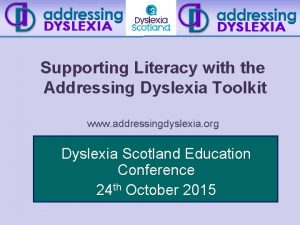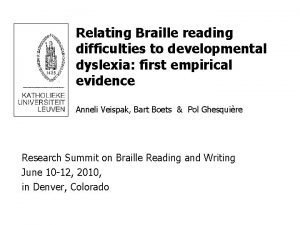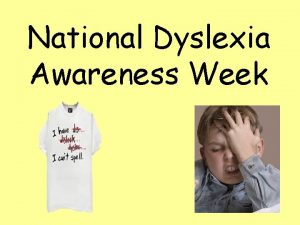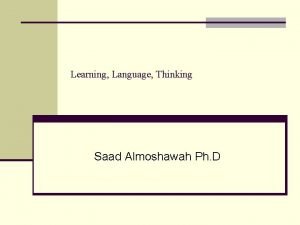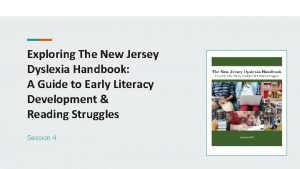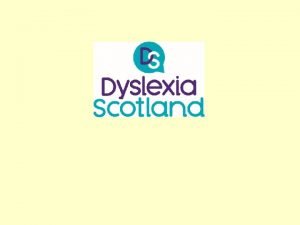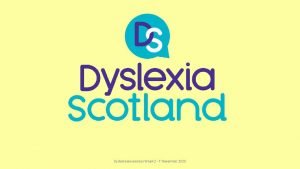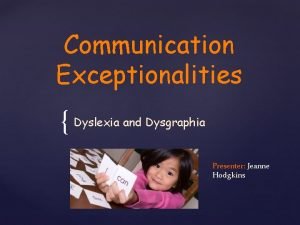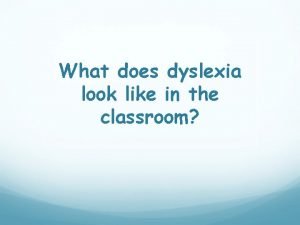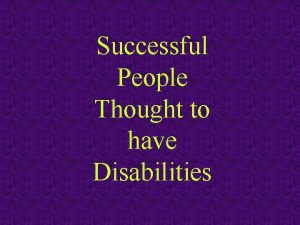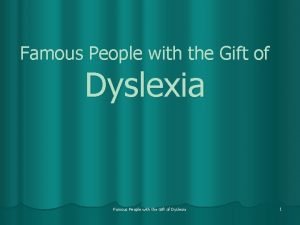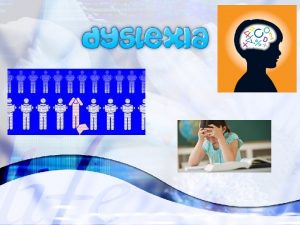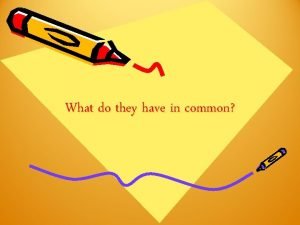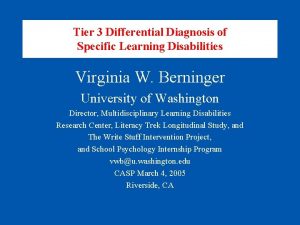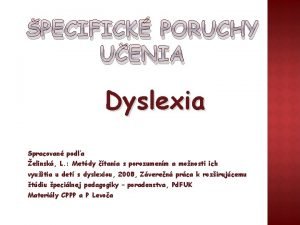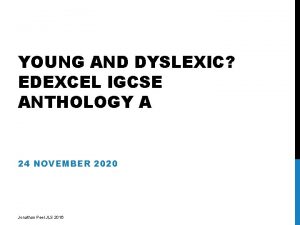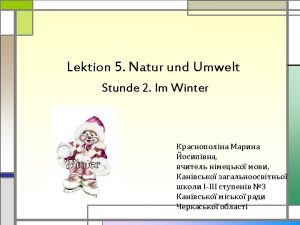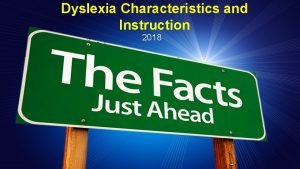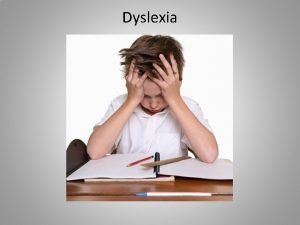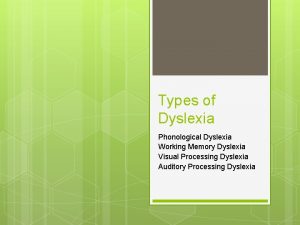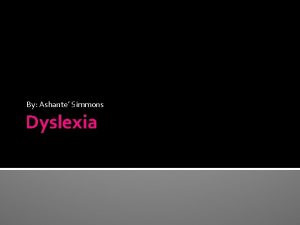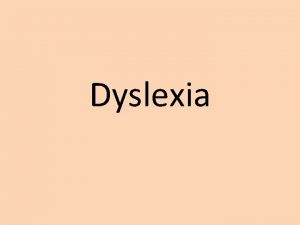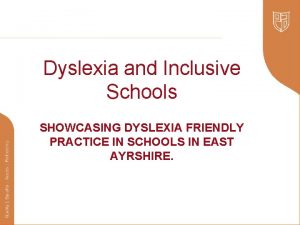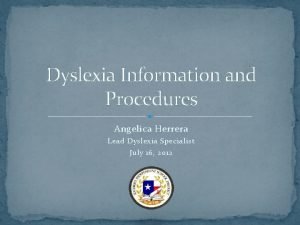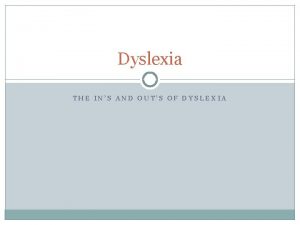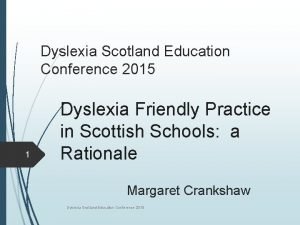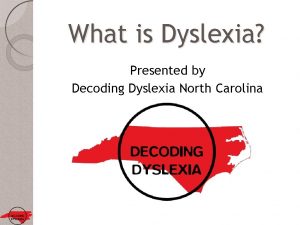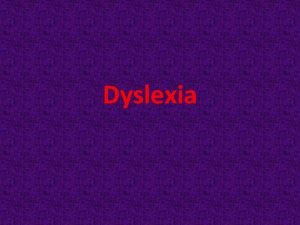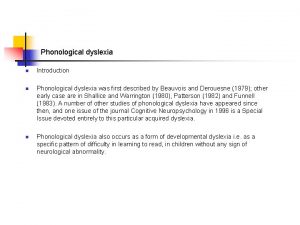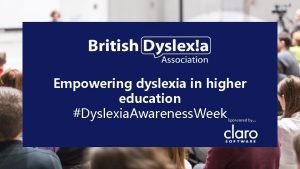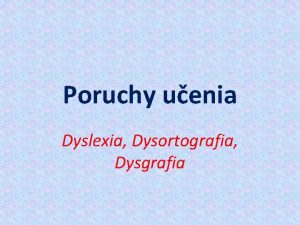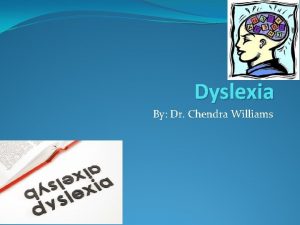Understanding Dyslexia Assessment and Instruction Ricky Flocken Penny



















































- Slides: 51

Understanding Dyslexia: Assessment and Instruction Ricky Flocken Penny Duarte Brianna Plum Some content taken from presentation on 11/17/16 by Dr. Nancy Mather, Ph. D.

How Do You Describe Dyslexia? ? Work in pairs to develop a definition…

International Dyslexia Association’s Definition of Dyslexia � “Dyslexia is a specific learning disability that is neurobiological in origin. It is characterized by difficulties with accurate and/or fluent word recognition and by poor spelling and decoding abilities. These difficulties typically result from a deficit in the phonological component of language that is often unexpected in relation to other cognitive abilities and the provision of effective classroom instruction. Secondary consequences may include problems in reading comprehension and reduced reading experience that can impede growth of vocabulary and background knowledge. ”


Sally Shaywitz, Overcoming Dyslexia, Pg. 54

Hereditary Factors � Strong converging evidence suggests that: ◦ Dyslexia has a genetic basis, but there is not one specific gene for reading ◦ Different regions of the brain are involved ◦ Family history is a key risk indicator

What Processing Areas Are Directly Linked to Dyslexia? Work in groups to identify key processing areas…

Cognitive Factors Implicated in Dyslexia � Phonological � Orthographic � Rapid Processing Automatized Naming (Other cognitive factors often associated with dyslexia include: processing speed, working memory, and associative memory) (High comorbidity with ADHD)

Phonological Awareness � Knowing that spoken language is composed of sounds � The ability to manipulate and integrate language sounds

Examples of Phonological Awareness Tasks � Rhyming: What words rhyme with dog? � Blending: What word is this…/sh/ /oe/? � Phoneme Counting: How many sounds are in the word “ship”? � Phoneme Deletion: What is left if the /t/ sound were taken from “cart”? � Phoneme Segmentation: How many sounds do you hear in the word “bus”?

The Two Most Important Phonological Awareness Abilities � Sound Blending: provides the basis for learning phonics � Segmentation: provides the basis for sequencing sound when spelling

Poor Phonological Processing � May have: ◦ Early articulation errors ◦ Confusion of similar sounds (e. g. , /b/, /p/, and /f/, /v/) ◦ History of ear infections ◦ Trouble learning letter sounds ◦ Poor nonword repetition, reading, and spelling

Sequence of Skill Development � Discriminating rhymes � Producing rhymes � Isolating initial and final sounds � Blending sounds � Segmenting sounds � Manipulating sounds (e. g. , deleting, substituting, transposing) � 90% of students can do this by the end of 2 nd grade

Phonological Awareness Development � K-1 st: rhyming, blending and segmenting compound words and multisyllabic words � 1 st-2 nd: segmenting and blending phonemes; manipulating the initial, final and the middle sound

Phonology and Orthography Dyslexia can be caused by problems in phonology or orthography or both. Phonology- the sounds of the language Orthography- the marks of a writing system including the spelling patterns

Dr. Steven Feifer

Orthographic Processing � The ability to use common letter sequencing and spelling patterns to access stored words without sounding them out.

You may sound out the word, but that doesn’t give you enough information to know if the word is spelled correctly. How do you know the correct spelling? rain or rane soap or sope


Students With Poor Orthographic Processing and Reading Might… � Have trouble remembering sight words � Continue to sound out words after many exposures � Confuse similar looking letters and words (e. g. , on and no) � Have a slow word perception and reading rate

Student With Poor Orthographic Processing in Spelling Might… � Have difficulty learning how to form letters � Have trouble copying � Spell words the way they sound, not the way they look � Spell the same word inconsistently � Violate � Have rules of English spelling poor spelling into adulthood

What are the five ways to spell the speech sound /f/? 1. _____ 2. _____ 3. _____ 4. _____ 5. _____

1. f 2. ff 3. ph 4. gh 5. lf


What Do Rapid Naming Tests Appear to Measure? � Ability to sustain attention to process and name the symbols � Ability to name and discriminate among the symbols � Ability to retrieve verbal labels rapidly � Ability to articulate words rapidly

What Do We Know about Rapid Naming? � Appears to be distinct from Phonology � Predicts word-reading accuracy and speed in many languages � Predicts irregular word reading better than non-word reading � Predicts poor reading across the lifespan


Other Cognitive Factors Contributing to Dyslexia

Processing Speed � Involves the scanning of print � Can be related to poor attention, slow rapid automatic naming, poor orthography, inefficient visual tracking � Appears related to the development of automaticity with basic skills (reading and math facts)

Working Memory � Ability to hold information in memory and rearrange it � Related to attention and executive functioning � Affects many aspects of academic performance

Associative Memory � Subset of long-term memory � Defined as the ability to learn and remember the relationship between unrelated items � Tasks typically require a student to learn associations between visual pictures and verbal labels � Items learned at the beginning of the task need to be recalled throughout the task � Affects many academic areas, including reading achievement, written expression, math calculation, math problem solving, listening comprehension, and oral expression

What Is the Difference Between Phonemic Awareness and Phonics? Discuss in groups…

Phonemic Awareness � Phonemic awareness is the ability to notice, think about, and work with the individual sounds in words

Phonics � Phonics is a method of teaching people to read by correlating sounds with letters or groups of letters in an alphabetic writing system

Poor Readers Have Difficulties With… � Learning how to blend (put together) and segment (take apart) the sounds in words � Learning sound (phoneme) and letter (grapheme) correspondences.

Early Predictors of Reading � The 2 best early predictors of how well children will learn to read during the first two years of school are: ◦ Phonemic Awareness ◦ Letter/Sound Knowledge (Phonics) Ehri, L. (2000). National Reading Panel.

Phonemes � Basic building blocks of speech � Single speech sound � Distinguishes � Signifies one word from another a change in meaning


� Pig 3 � Rabbit 5 � Rooster 5 � Sheep 3 � Box 4

Grapheme � Individual letters and groups of letters that represent single phonemes, like the “s” and the “oo” in “spoon. ”

Phoneme vs. Grapheme � The same grapheme can represent different phonemes (e. g. chair, character, chute) � The same phoneme may have a variety of graphemes (e. g. sure, sugar, ship, machine, motion, and special) � Knowledge of phoneme-grapheme relationships is needed for skilled reading and spelling



Reading vs. Spelling/Writing � Decoding: ◦ The process of reading words in text ◦ It is necessary to understand what the letters are, the sounds made by each letter, and how they blend together to create words � Encoding: ◦ The process of using letter/sound knowledge to write ◦ It is necessary to recall sounds and the symbols assigned to them to write the letters together to form words

Dyslexia Assessments

Many students with specific reading disabilities have poor phonological awareness and difficulty connecting sounds to print which results in slow word perception, a delay in developing instant word reading, and poor spelling.

Cognitive/Processing Assessments � Phonological ◦ ◦ CTOPP-2 FAR WJ-IV COG TAPS-4 ◦ ◦ FAR TOSWRF-2 TOC PAL-2 � Orthographic � Rapid Processing Automatized Naming ◦ CTOPP-2 ◦ FAR ◦ WISC-V

Academic Assessments � Be sure to assess the following: ◦ Decoding Skills (i. e. real and nonsense words, phonetically regular and irregular) ◦ Reading Fluency ◦ Spelling � Other academic areas that may be impacted: ◦ Reading Comprehension ◦ Math Problem Solving ◦ Written Expression

Things to Remember � Oral language and reasoning abilities are often more advanced than basic reading skills � Reading � Small disabilities affect the IQ score group instruction is effective � Reading problems affect emotional well being

� “The greatest endeavor a person will endure in their lifetime is learning to read” � The human brain is wired to speak, not to read”

Questions?
 A penny for your thoughts main idea
A penny for your thoughts main idea Parallelism rhetoric
Parallelism rhetoric Dyslexia assessment malvern
Dyslexia assessment malvern Sachverständiger marktoberdorf
Sachverständiger marktoberdorf Winter kommt winter kommt flocken fallen nieder
Winter kommt winter kommt flocken fallen nieder Winter kommt flocken fallen nieder
Winter kommt flocken fallen nieder Es ist kalt es ist kalt flocken fallen nieder
Es ist kalt es ist kalt flocken fallen nieder Das erste licht es ist advent
Das erste licht es ist advent Ricky pedersen
Ricky pedersen Ricky lee allen
Ricky lee allen Management 12th edition griffin
Management 12th edition griffin Ricky w griffin management 12th edition
Ricky w griffin management 12th edition Ricky w griffin management 12th edition
Ricky w griffin management 12th edition Nomi delle forme
Nomi delle forme Provenancial
Provenancial Ricky mok
Ricky mok Ricky swindell
Ricky swindell Starrez training
Starrez training Management ricky griffin 12th edition
Management ricky griffin 12th edition Chemistry augmented reality
Chemistry augmented reality Differentiated instruction vs individualized instruction
Differentiated instruction vs individualized instruction § 367 abgb
§ 367 abgb Katie clean invited messy missy
Katie clean invited messy missy Problem solving in early years
Problem solving in early years Florida assessment for instruction in reading
Florida assessment for instruction in reading Using assessment to drive instruction
Using assessment to drive instruction How many people have dyslexia
How many people have dyslexia Dyslexia
Dyslexia How many people have dyslexia
How many people have dyslexia Say the color not the word
Say the color not the word Ida definition of dyslexia
Ida definition of dyslexia Valerie nowinski
Valerie nowinski Addressing dyslexia toolkit
Addressing dyslexia toolkit Anneli veispak
Anneli veispak Causes of dyslexia
Causes of dyslexia Language of maharashtra
Language of maharashtra Different types of dyslexia
Different types of dyslexia Nj dyslexia handbook
Nj dyslexia handbook Is there mild dyslexia
Is there mild dyslexia Dyslexia awareness week 2020
Dyslexia awareness week 2020 How dyslexic see words
How dyslexic see words Is bella thorne dyslexic
Is bella thorne dyslexic What does dyslexia look like in the classroom
What does dyslexia look like in the classroom Tom cruise dyslexic
Tom cruise dyslexic Walt disney dyslexia quote
Walt disney dyslexia quote Dyslexia
Dyslexia Dyslexia nedir
Dyslexia nedir Dyslexia simulation worksheet
Dyslexia simulation worksheet Differential diagnosis of learning disabilities
Differential diagnosis of learning disabilities Dyslexia prejavy
Dyslexia prejavy No glamour language cards
No glamour language cards Young and dyslexic past paper
Young and dyslexic past paper

